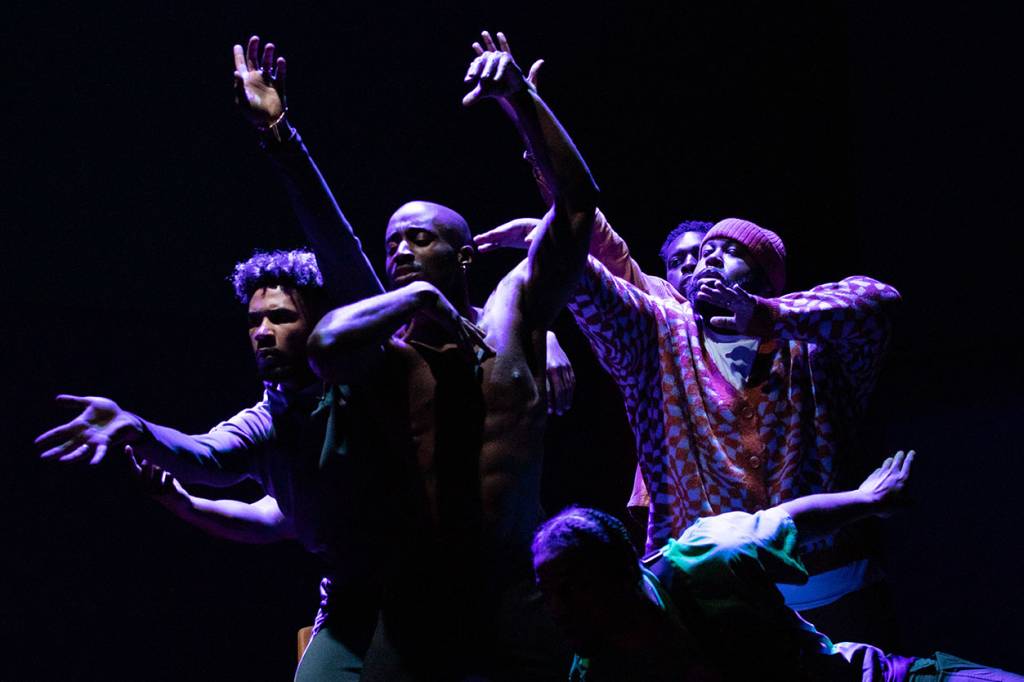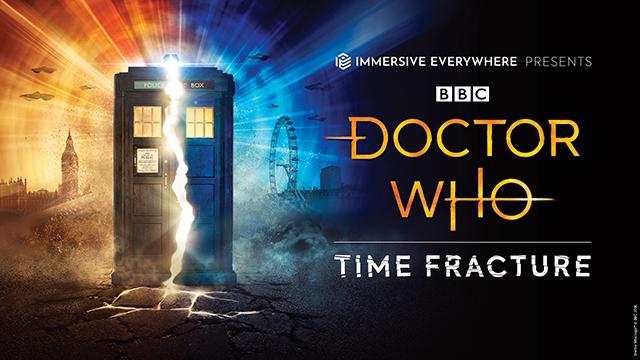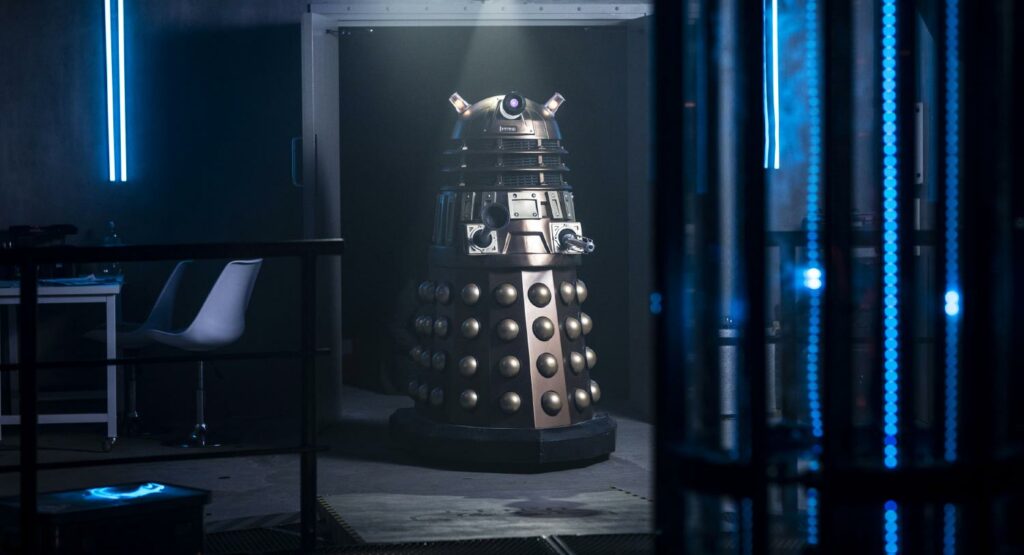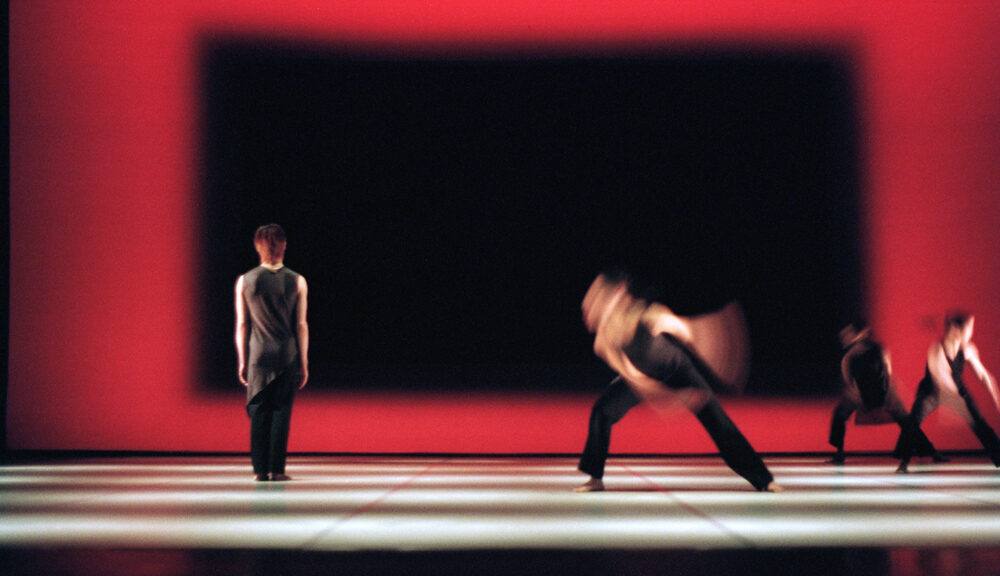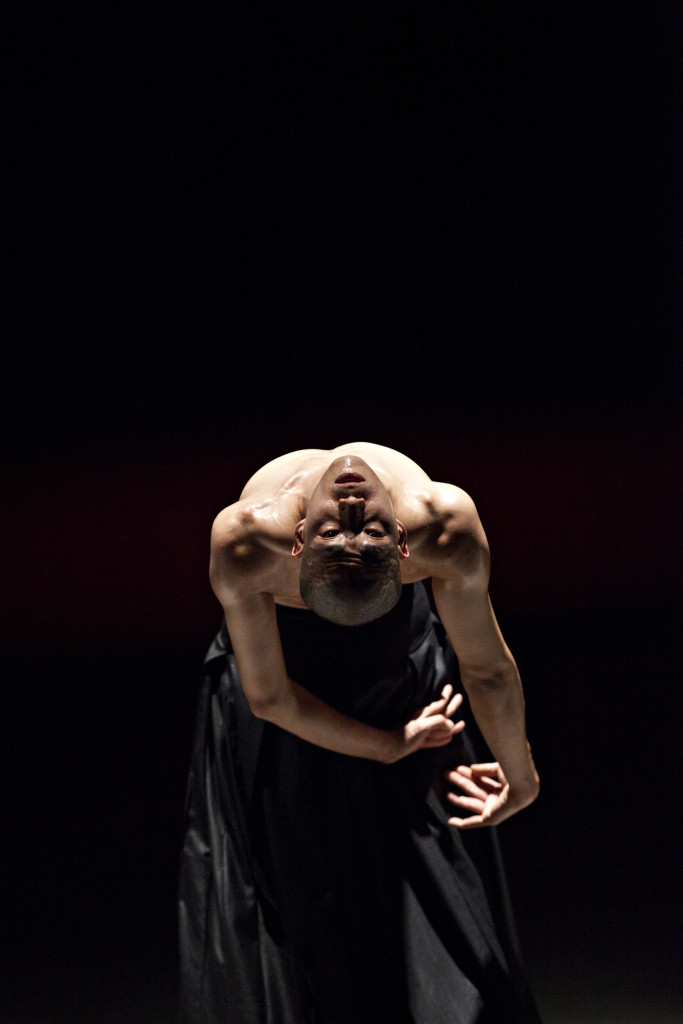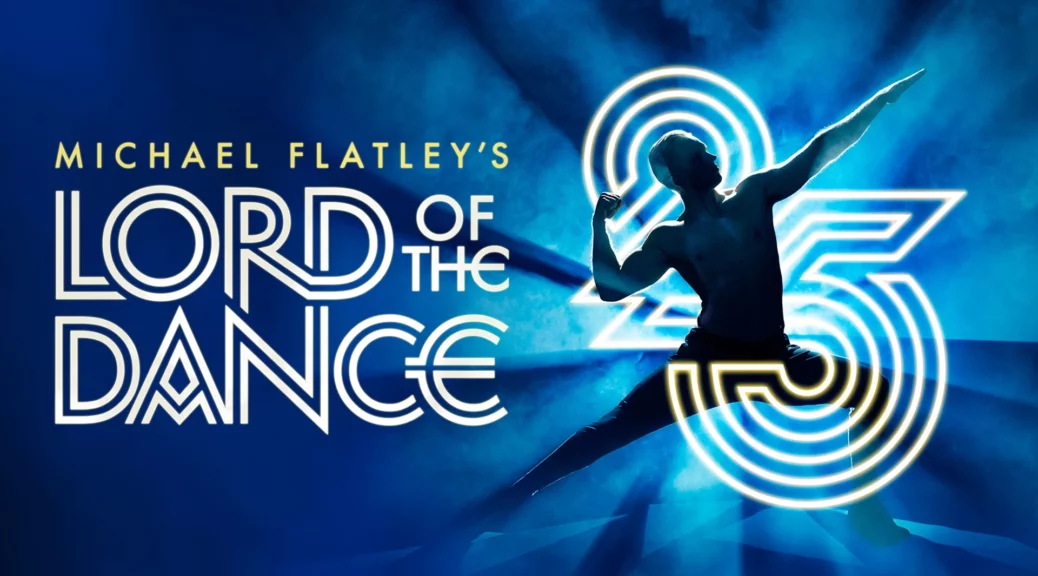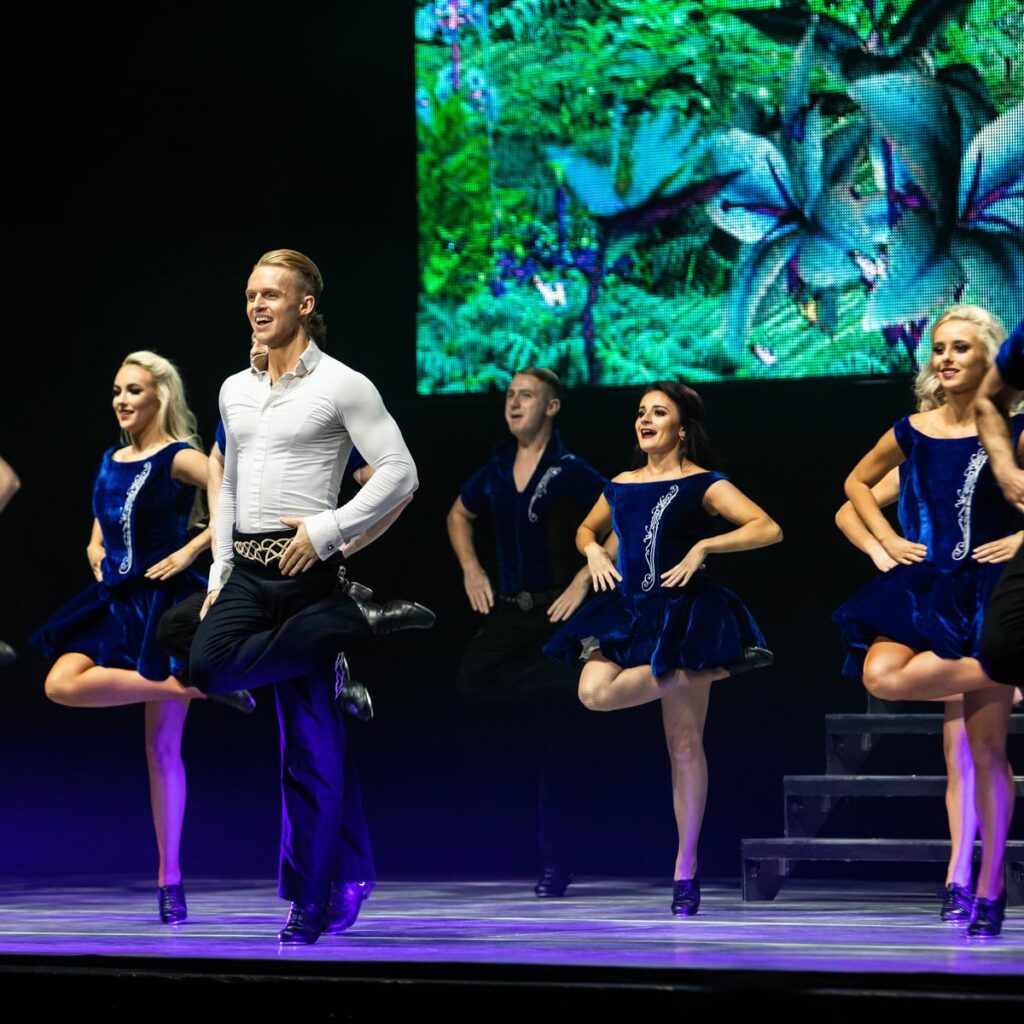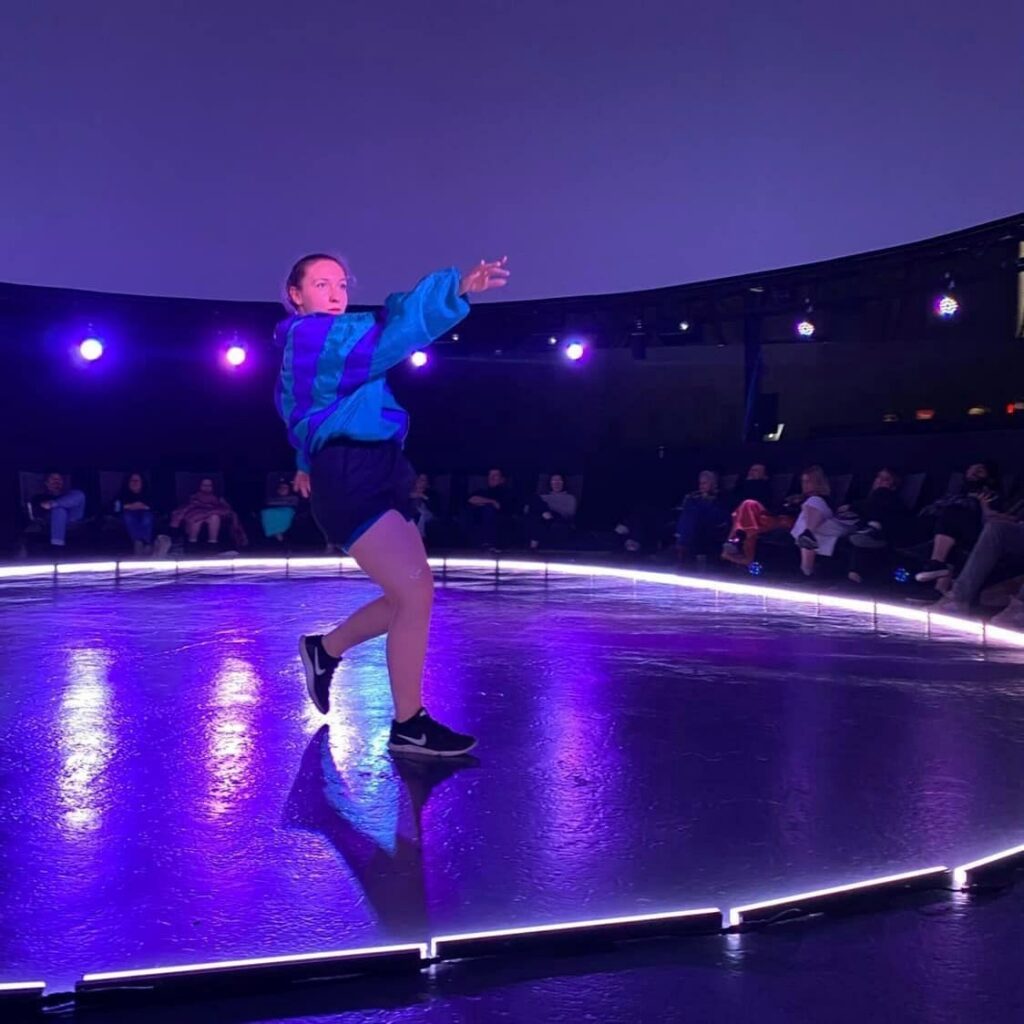
Choreographed by Jack Philp, OPTO NANO is a unique collaboration of dance, digital art and electronic music inspired by academic Professor Paola Borri’s research in biophysics. In the most recent version, adapted and performed within CULTVR LAB’s dome, we were guided through the journey that brought OPTO NANO to fruition through documentary style footage projected onto the dome’s interior.
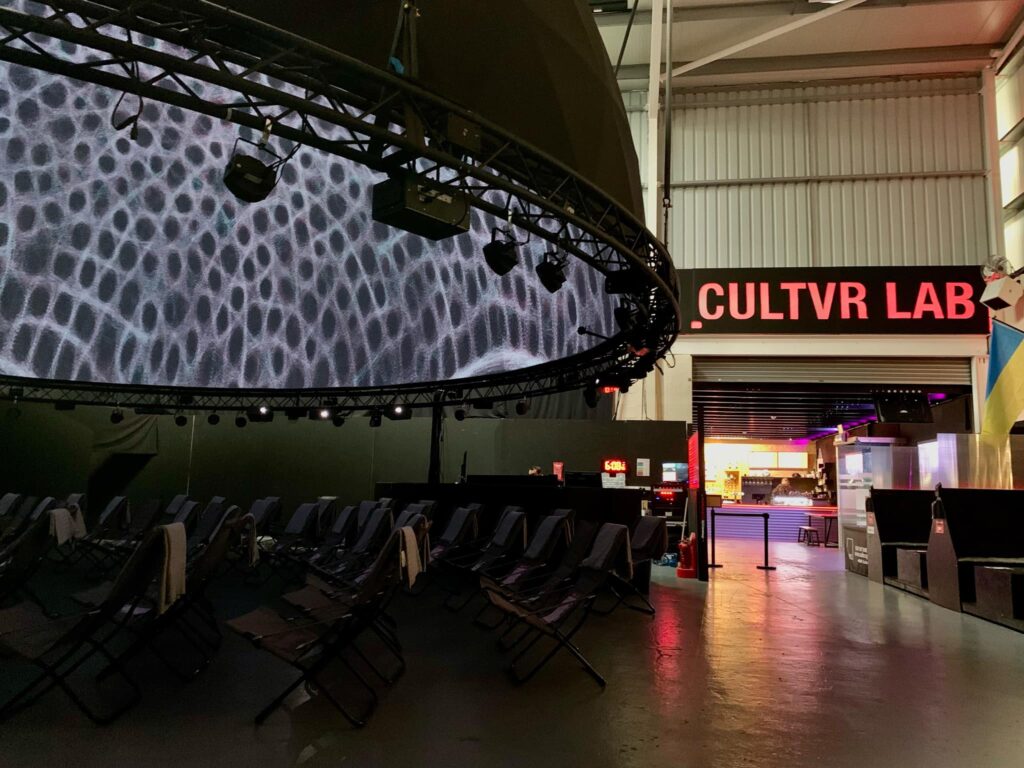
Contrary to what one might expect from a dance piece inspired by science, Philp’s choreography isn’t clinical or soulless, it flows continuously in endless spirals and looks ‘at home’ within the dancers’ bodies, all of which are gifted movers. The choreography is particularly impactful through the lens of a moving camera and is complemented beautifully by the digital projections which follow, created by visual artists Uncharted Limbo Collective.
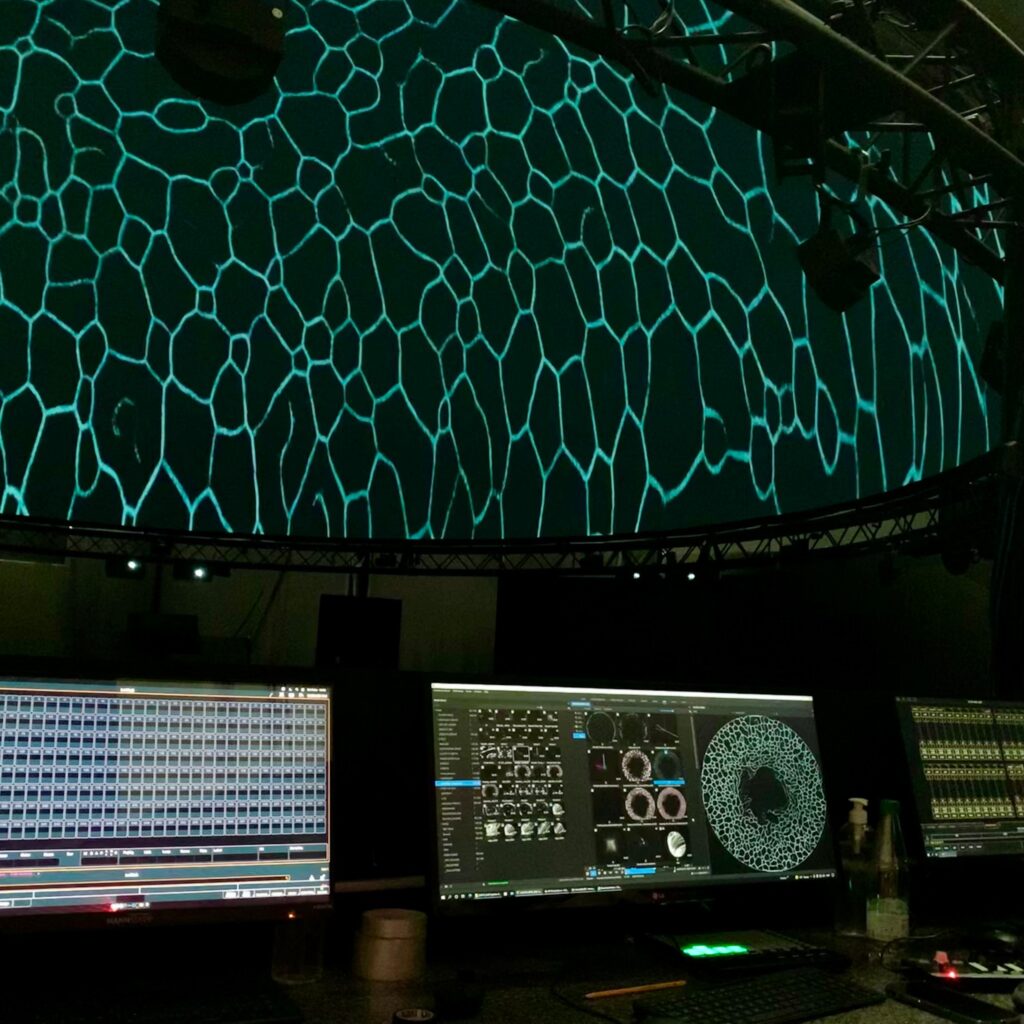
As enthralling as the show was so far, I couldn’t help but quietly hope for some live dance, so when Gaia Cicolani purposefully strode out into the space and treated us to some dancing, I was particularly pleased. It’s no wonder she is something of a muse to Philp; Gaia, a virtuosic and engaging dancer, performed Philp’s choreography with conviction and ease whilst also maintaining a degree of playfulness by occasionally making eye contact with us or by pulling our focus towards the hypnotic projections overhead. She lunged and spun in circular sequences, interrupted occasionally by delicate repetitive hand gestures and rippling body movements, hinting at vulnerability and introspection.

The live dance worked excellently in the round but was sometimes lacking a clear relationship to the digital art within the dome, not necessarily conceptually but more by design as it’s physically difficult to enjoy taking in both simultaneously having to choose one over the other in any given moment. However, the ominous electronic sound score by Welsh composer, R.SEILIOG was the glue between both dance and digital elements. Feeling the vibration of the beat pulsating through our bodies as we reclined to admire these elements dancing with one another was a mesmeric and unifying experience I shan’t forget.

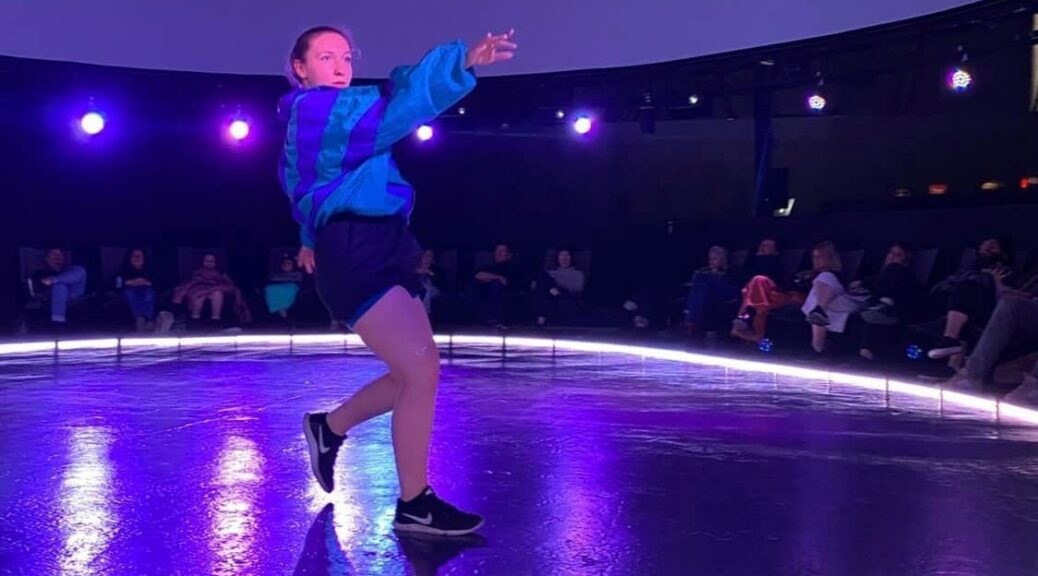
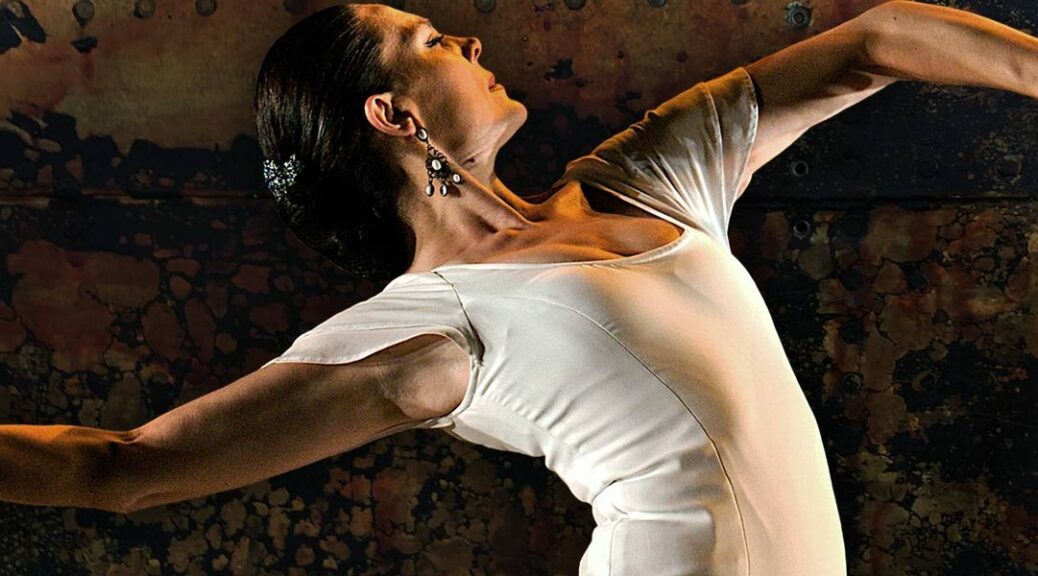
 (3 / 5)
(3 / 5)
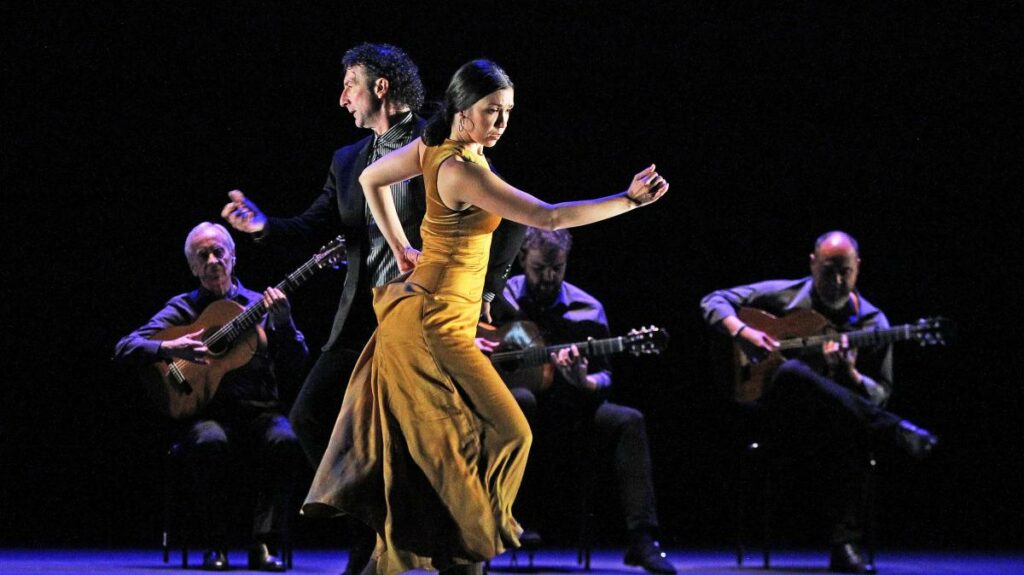
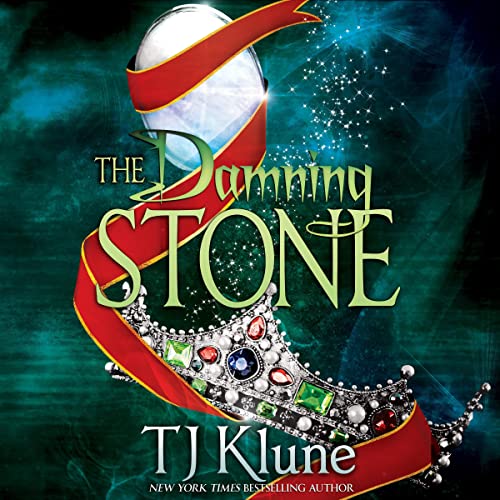

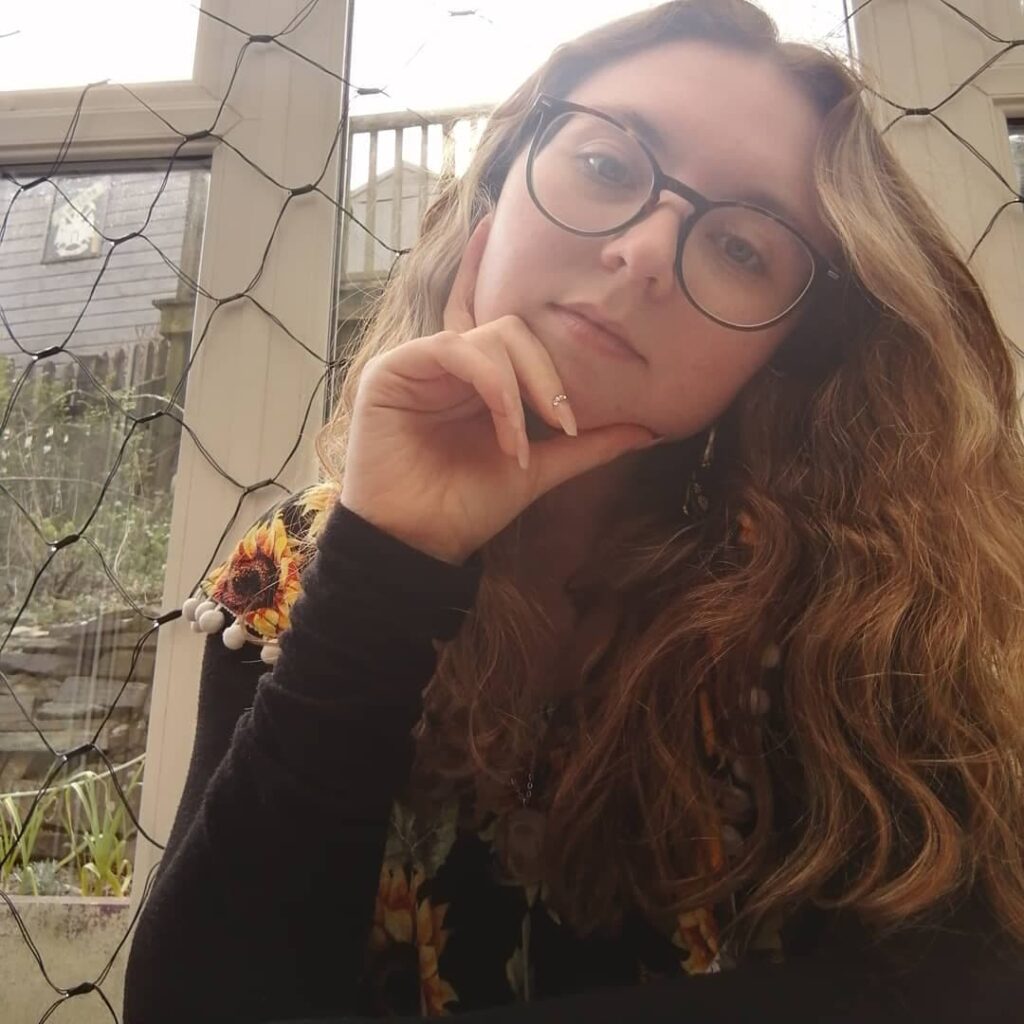
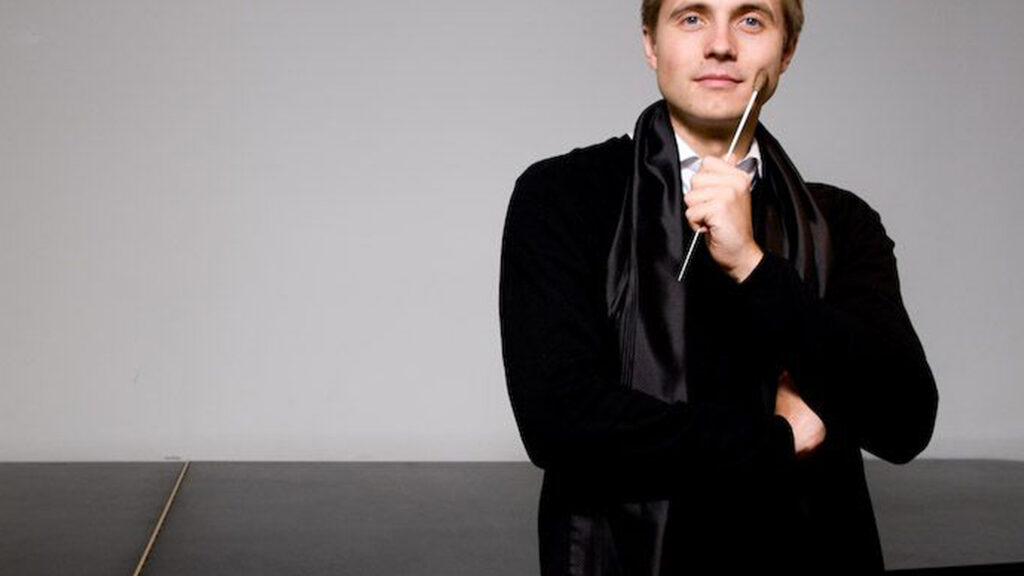
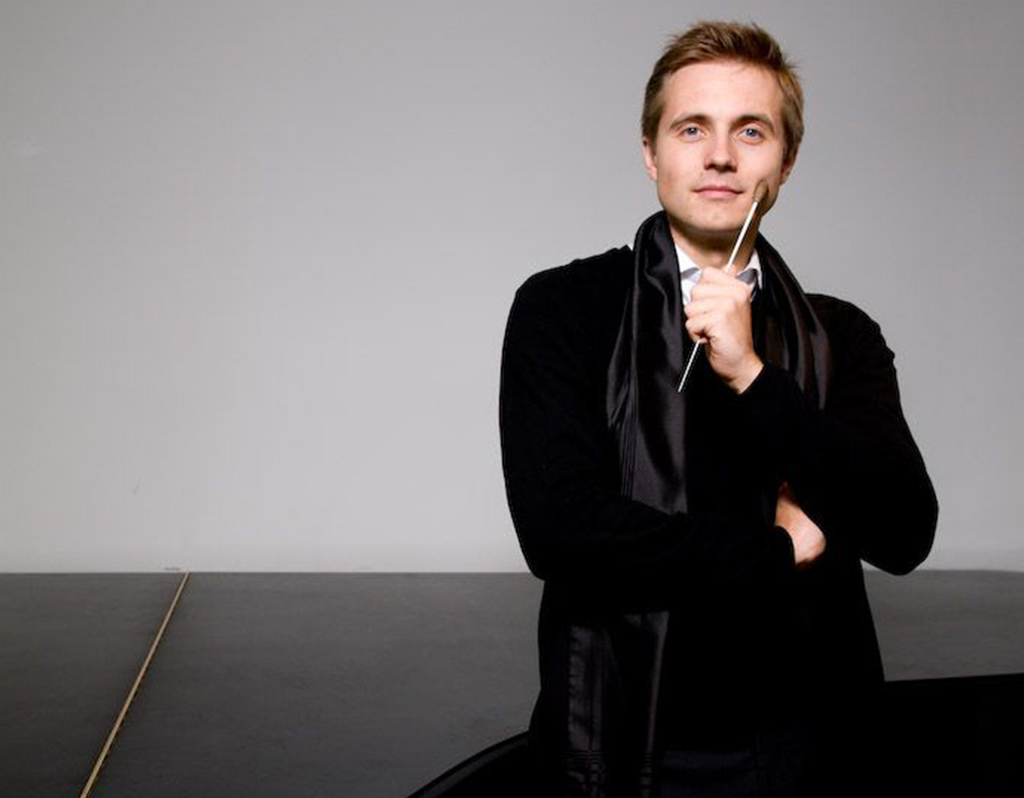
 (4 / 5)
(4 / 5)
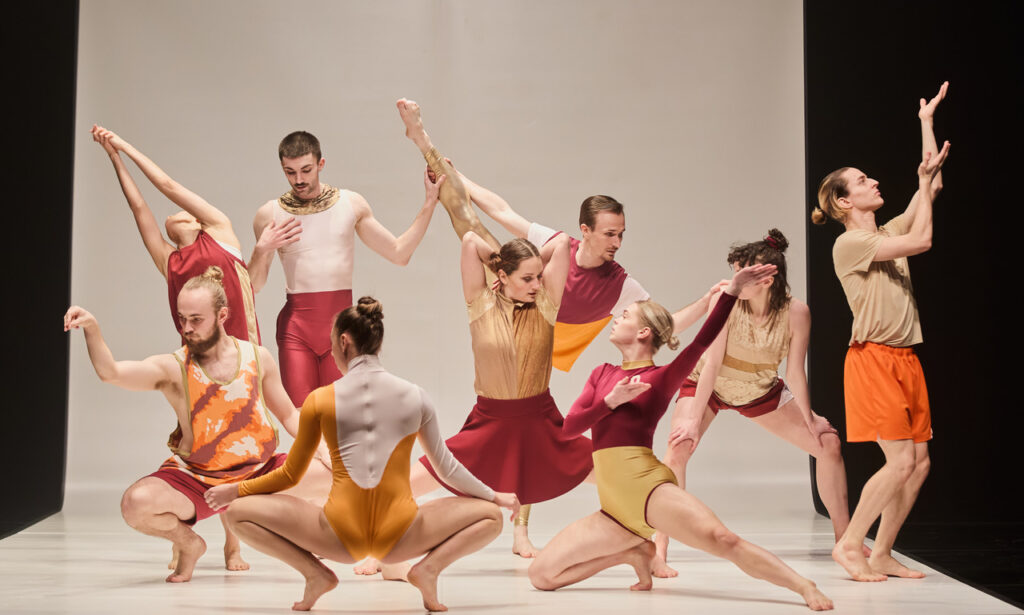
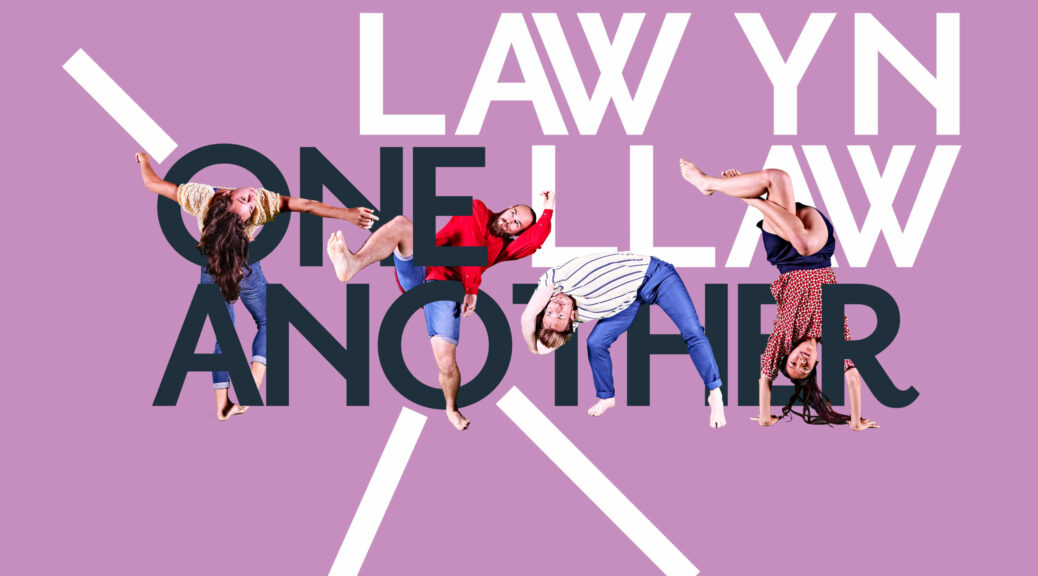

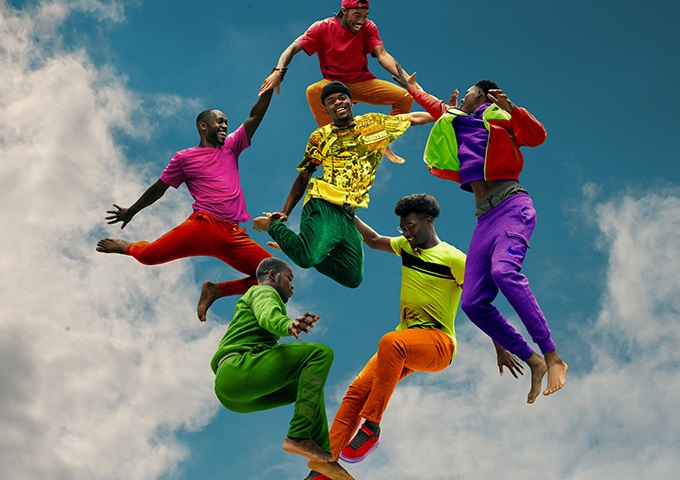
 (5 / 5)
(5 / 5)